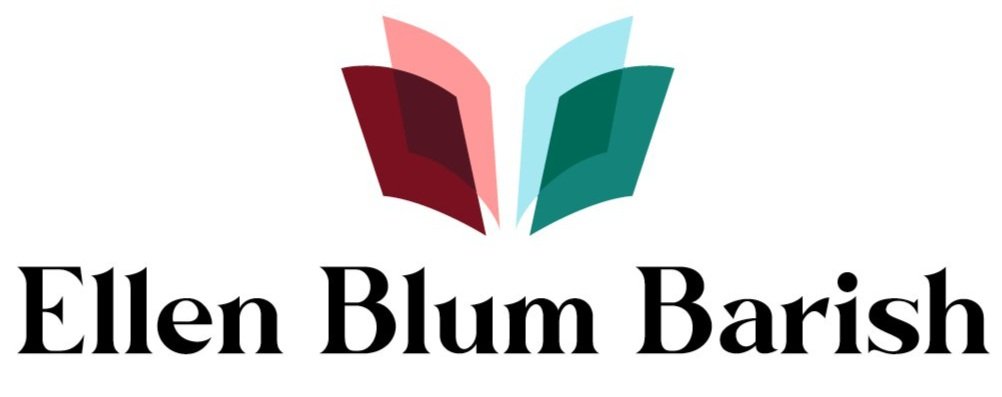Turning the Broken Bits into Gold
Taking your story to the page isn’t only about holding it in your hands - the process offers the writer a chance for healing.
With the story off your chest and, if you choose to publish, in the hearts and minds of others, it becomes something else. You may feel an incredible lightness in your being once your story is released. You may now re-see your story through your own, post-writing perspective or the eyes of others.
We don’t talk enough about what happens after.
The hard parts of my own story don’t haunt me as they did before I found words for it. The energy of it no longer takes up space inside of me. I am clear about what happened and how it impacted me. I feel more emotionally and physically strong, It’s easier to find breath because I told my story and found a place to put it on the shelf I can reach anytime.
The Japanese art of kintsugi - the art of repairing shattered pottery with gold, silver or platinum - is a perfect metaphor for how this feels. The practice doesn’t erase the brokenness - you can see the them but the cracks are filled with gold.
If you’ve been reading these monthly posts since last June, you know that I’ve been focusing on the twelve stages of writing personal narrative. Remember. Record. Return. Retrace. Reflect. Rearrange. Rediscover. Reconsider. Revise. Reframe. Retell. And the final phase: Repair. I call these phases of “The Dig: Memoir as Archeology,” and will be teaching them in a single-session workshop online on September 28 at the CJ Jung Center.
Watch this space for details.
Photo by unsplash.
Upcoming Workshops
“Writing Short Truths,” Story Studio Chicago, May 21 (online)
“From the Pandemic to the Page,” Lighthouse Lit Fest, June 10 (online)
“What a Moment Can Hold,” Lighthouse Lit Fest, June 11 (online)
